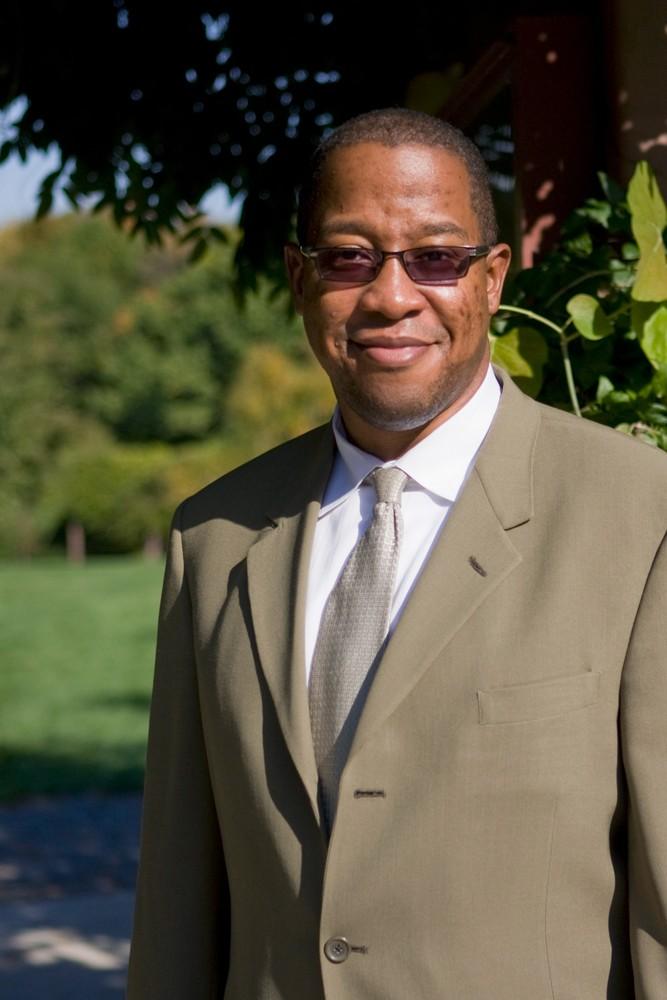International faculty foster spirit of diversity

GVL / Kate Kaurich Dwight Hamilton
Oct 10, 2011
For Ki Deuk Hyun, assistant professor in the journalism department at Grand Valley State University, being an international faculty member in the U.S. takes some getting used to.
“I went to school in Texas,” Hyun said. “It did not feel like real America. West Michigan does, it is more homogenous than bigger cities like Austin.”
Hyun is part of the 17 percent of faculty at GVSU that fall into the full-time minority category with 218 total minority faculty members. That makes 5 percent less than the national average of 22 percent, as reported by the Chronicle of Higher Education.
Part of the university’s strategic plan, as detailed in Objective 2.3 for faculty and staff, is to “expand the diversity of faculty and staff” by 2015.
Dwight Hamilton, assistant vice president for affirmative action, said the emphasis on foreign faculty relates to finding the best and most qualified candidates from all types of backgrounds, though he added there is no quota system in place at GVSU for the hiring of minority groups.
“Students who can maybe not afford to pay to study abroad have an opportunity to experience the real world through our international faculty,” Hamilton said.
GVSU student Brian Scheur said he agrees to some extent with Hamilton but said sometimes differences such as language and teaching style get in the way of gaining the world perspective international faculty members are brought here for.
“The varied teaching style can be hard to follow and for sure language has been a huge barrier to retaining the information that the international faculty member is giving to the class,” Scheur said.
Hyun said if you consider the U.S. as the world’s cultural leader in some regards and as a trend-setter, there is not as much of an emphasis on experiencing the cultures of the rest of the world, which gives college campuses all the more reason to place emphasis on the hiring of international faculty.
“In South Korea, everyone is focused on the news from around the world, so it’s much different than in America where everything is domestically based,” Hyun said.
Mark Schaub, executive director of the Padnos International Center, said international faculty bring world perspectives that domestic faculty members cannot offer to students seeking a broader understanding of the world. He said almost all of international faculty members are hired from within the U.S. and have completed post-graduate degrees at American universities.
“The big winners concerning international faculty are really the students,” Schaub said.
GVSU offers a one-year mentorship program for international faculty that aims to give them insight in dealing with the characteristics of American students and the language. Hyun said the success of the program depends on the effort faculty members put into it.
“Like anything, international faculty can benefit from these programs but they must be involved in the program themselves, some choose not to get involved,” Hyun said.

























